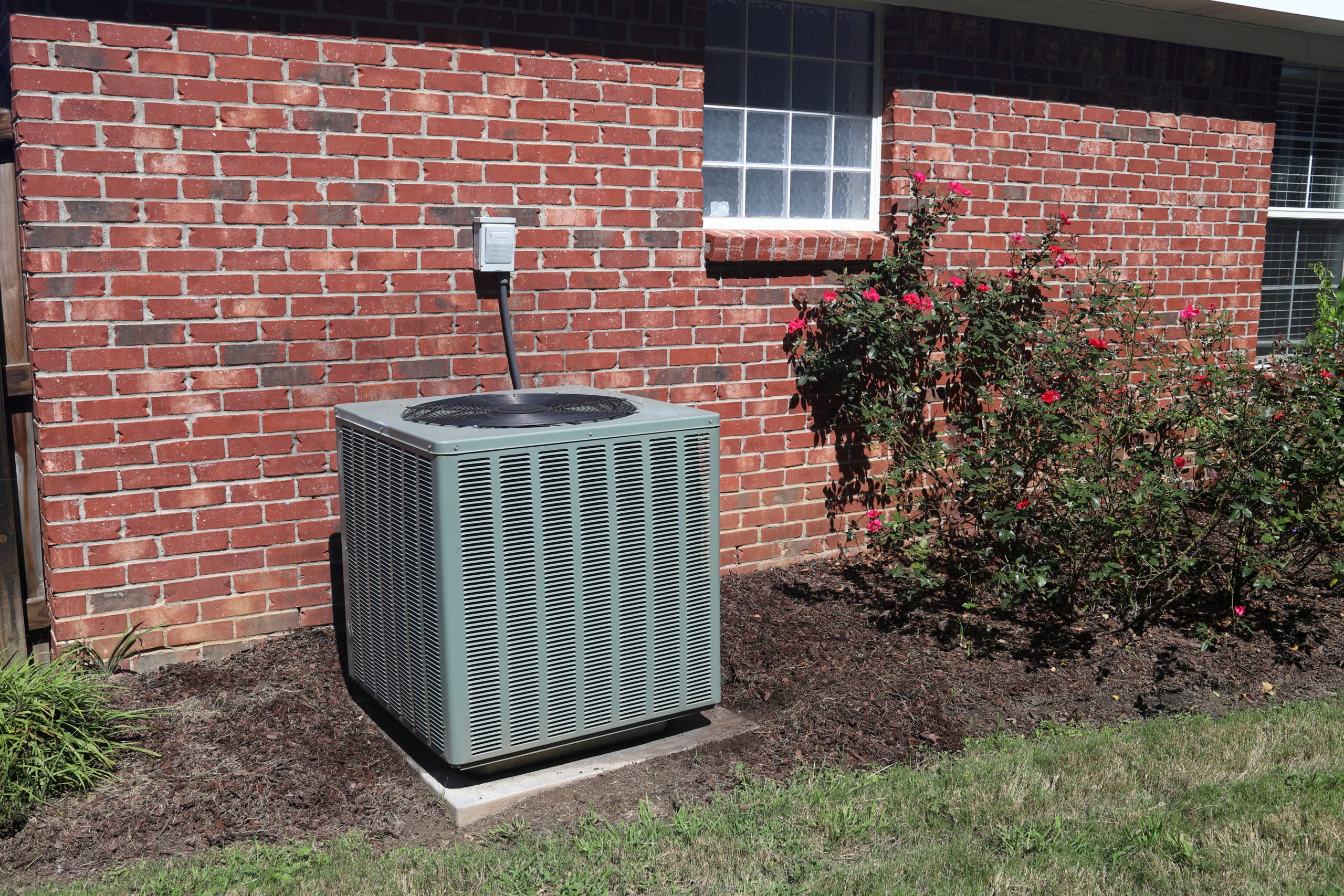
As a result of the substantial increase in Legionnaires’ disease cases in Pennsylvania, state Senators Wayne Fontana (D-42) and Joe Pittman (R-41), in a bipartisan effort, have introduced legislation SB 1125 to help curtail the spread of Legionella bacteria. Legionnaires’ disease is caused by the bacteria genus Legionella. Infection occurs when an infectious dose of the bacteria enters deeply into a susceptible person’s lungs, either by inhaling contaminated aerosolized water droplets, or by aspirating water into the lungs. A Senate Democrat hearing focusing on Legionella was held on May 5, 2021, where expert panelists testified that buildings shut down during the pandemic and…







